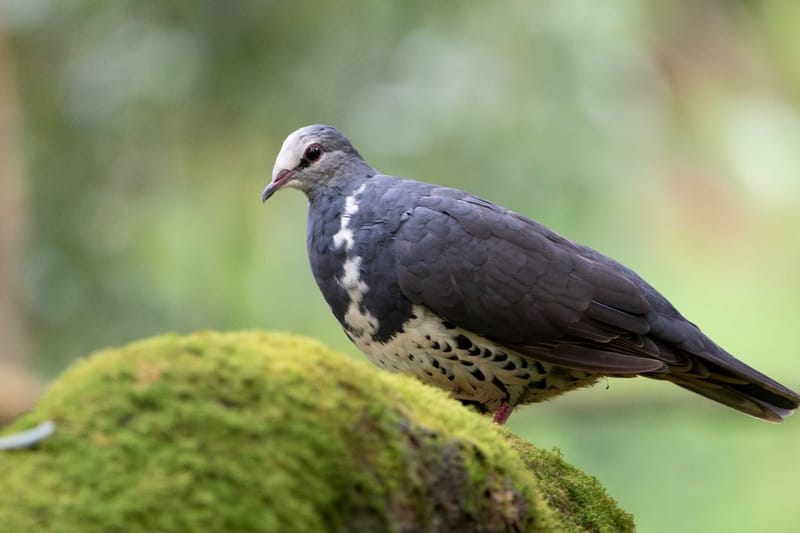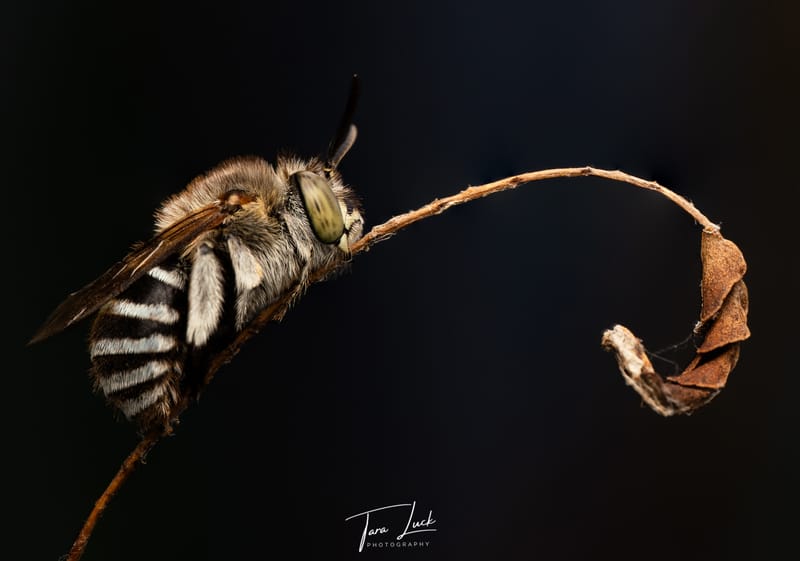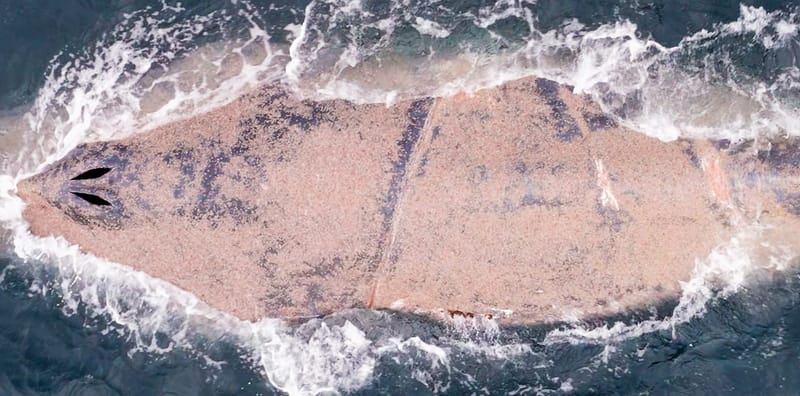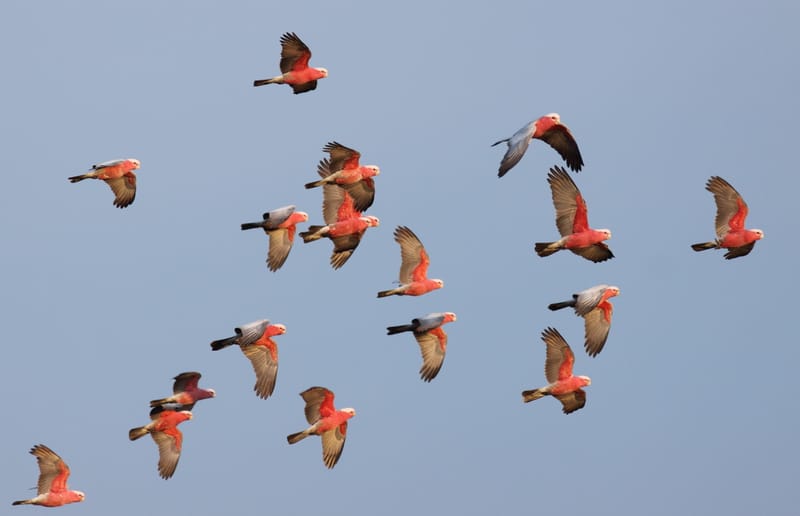Meet Dr Aimee Silla, award-winning scientist bringing our frogs back from the brink
It’s funny how one moment can change the course of your life. All of those meticulous plans scuttled. But the loss of funding just prior to commencing a PhD in freshwater restoration ecology sent Dr Aimee Silla down a completely different path to...
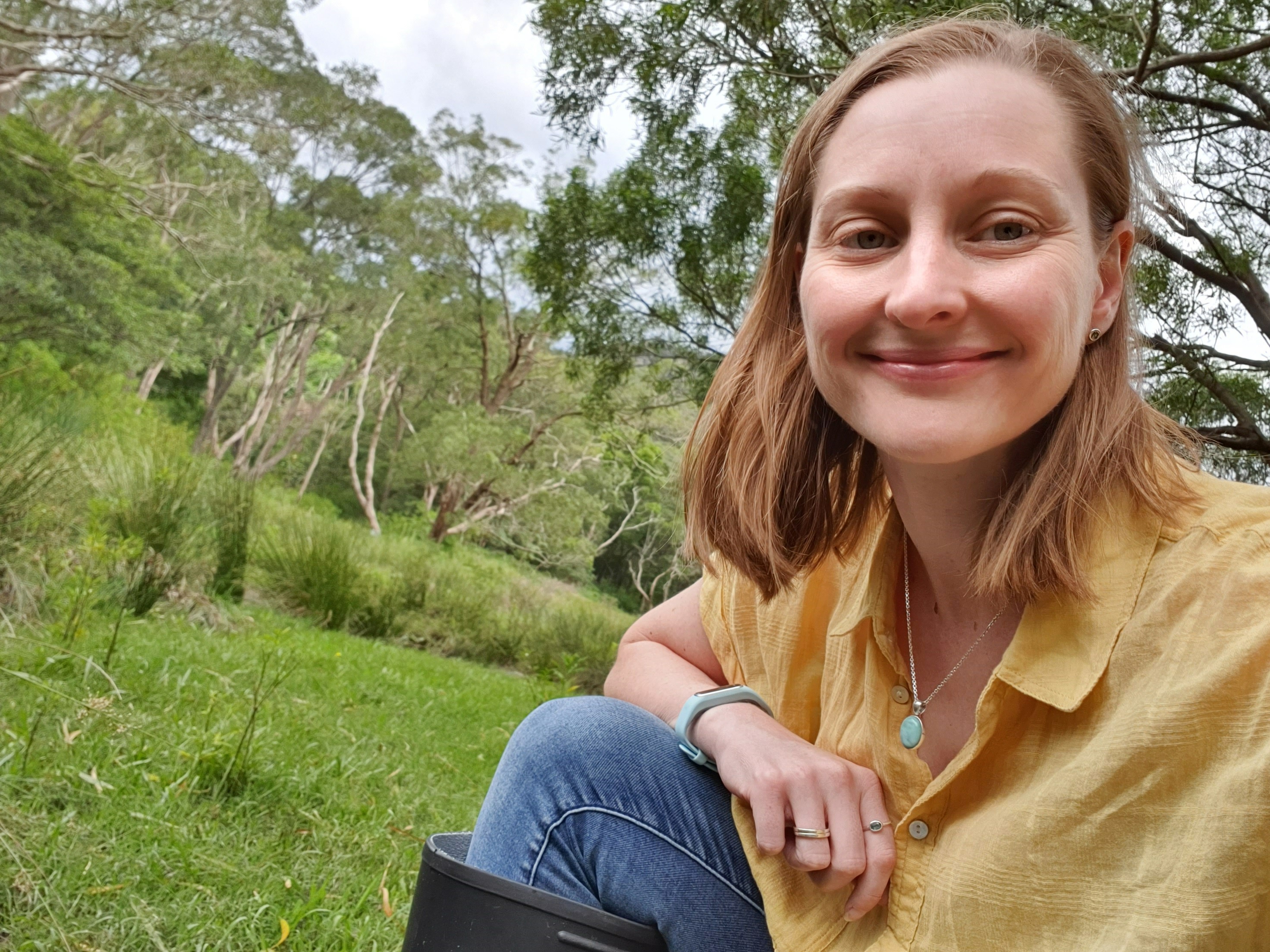
It’s funny how one moment can change the course of your life. All of those meticulous plans scuttled. The loss of funding just before she started a PhD in freshwater restoration ecology sent Dr Aimee Silla down a completely different path from the one she had planned. A path that has seen her develop reproductive technologies, including hormone therapy and froggy IVF, that are helping to bring several threatened species of frogs back from the brink of extinction.
Aimee now lives in the Illawarra with her nature-loving husband and daughter, but she grew up on a hobby farm in Western Australia. It’s where she first discovered her passion for wildlife conservation and also a love of playing in the mud!
While studying at the University of Western Australia, she worked with a variety of animals, firstly as a keeper at a local animal park and then with the Turtle Monitoring Program in Exmouth. And then there was that loss of funding.
“I was set to embark on a PhD project in the same field [freshwater restoration ecology], but just before I started, the funding fell through," Aimee said.
"It happened to be ‘Year of the Frog’ and the International Union for the Conservation of Nature (IUCN) had recently commenced a campaign educating the public about Amphibian Declines and the urgent need to conserve amphibian species globally. I was drawn to the call and commenced a PhD project focussed on developing reproductive technologies for the conservation of Australian frogs, having had no formal training in endocrinology or biotechnologies.”
Aimee was recently awarded the Innovation Achievement Award at the City of Wollongong Awards for her work developing innovative reproductive technologies for critically endangered species, including the Southern and Northern Corroboree frog, the Baw Baw, Booroolong and Yellow-Spotted Bell frogs.
These therapies include the collection of eggs and sperm, biobanking, which is freezing sperm cells and using IVF to generate offspring.
“Essentially the procedures that occur in a human fertility clinic are those that I am developing for frogs… I am also involved with studying aspects of natural reproductive behaviour in the wild, frog nutrition and immunity,” Aimee said.
Her hormone therapies have led to the generation and release of more than 800 Northern Corroboree frogs and 1500 Baw Baw frogs. For animals whose numbers are in decline, who are affected by fire, drought or chytrid fungus, these sorts of numbers could be species-saving.
2024 will see Dr Silla and her team at the University of Wollongong continue to work with Taronga Zoo, Zoos Victoria, the NSW Threatened Species officer and begin research with Symbio Wildlife Park.
“Conservation activities are fraught with challenges, working with a team of dedicated, resilient people that never lose hope for success is incredibly inspiring,” Aimee said.
And while the smart folks are creating and implementing these incredible technologies, there’s lots that we can do in our own homes to help ensure the future of our amphibian neighbours.
“One of the main things you can do in your own backyard is stop using pesticides and weed killers –these chemicals enter the soil and wash into waterways and are harmful to our frogs,” Aimee said.
Backyard ponds, even small ones, can attract frogs. As different species have different needs, Aimee has 10 ponds of varying shapes and sizes in her own yard.
As long as your pond has some overhanging vegetation and things like rocks or branches to help the smallest of frogs climb safely out of the water, you’re well on your way to making a huge difference.
You can read more about Aimee's work with the endangered Northern Corroboree Frog here

